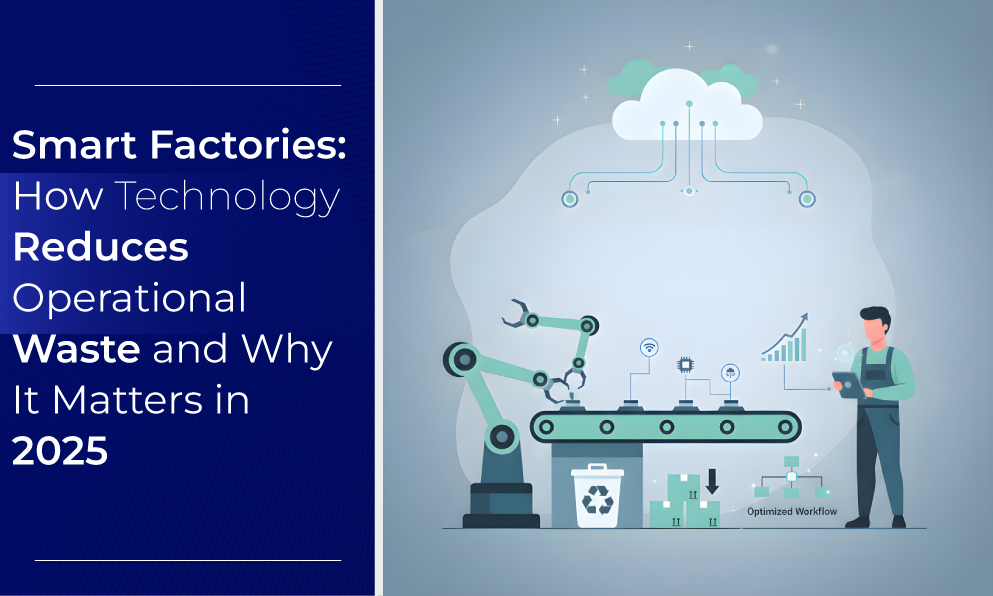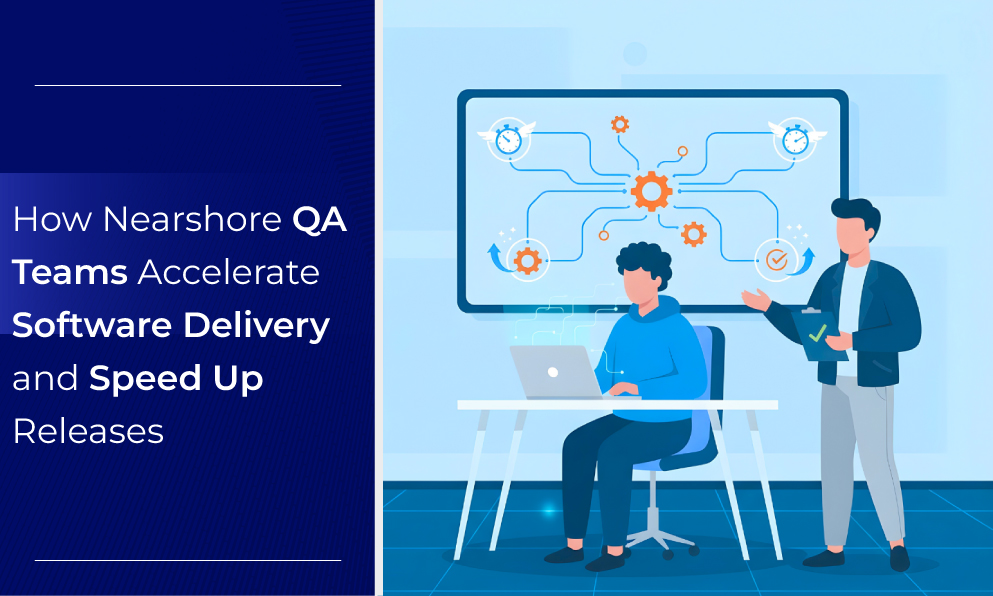Recruitment might have changed a lot, but the challenges remain the same for HR professionals. Finding, filtering, and assessing the perfect talent among hundreds and thousands of applicants is an uphill task. This will ultimately result in longer hiring cycles and higher recruitment costs.
This work can be much less painful and more organized with Xamify. Xamify, with a focused AI-based Assessment and Analytics tool, has helped HR professionals do an adequate job in assessing a candidate's skill by guaranteeing the best hire.
Let's consider some widespread challenges that every HR organization faces and how these challenges can be solved using Xamify, one of the prime recruiting tools powered by AI.
Modern Recruitment: Problems and Challenges
Recruitment may be complex and sometimes time-consuming, often when the human resources team receives an overwhelming number of applicants. Some of the obstacles to recruitment include:
- Difficulty in Identifying Top Candidates: With an effective system, qualified candidates can be found in the pool of applications.
- Time-Consuming Creation of Assessments: By hand, it takes too much time to design assessments for any particular role, which requires many resources.
- Inconsistent Candidate Evaluation: It is tough to standardize the evaluation in order to avoid subjectivity and bias among the various interviewers.
- Data-Driven Insights to Candidate Potential: HR teams need more structured data about the actual level of skills and potential of candidates, which often leads to less informed hiring decisions.
These challenges result in longer hiring times, inefficiencies, and increased risks of hiring mismatches. This is where Xamify comes into play, placing most of its bets on seamless assessment creation and actionable analytics to redefine the way recruitment is done.
Meet Xamify
Xamify is an AI-powered recruitment platform designed to make grounded decisions by HR personnel at the time of candidate recruitment. Having Assessment Creation and Data Analytics as two vital features, Xamify extends critical support in assessing candidature with regard to the required skill set and job need. Now, let's see exactly how this takes the challenges of modern recruitment and places Xamify among the best AI tools for recruiting.
How Xamify Solves Recruitment Challenges Using AI
Targeted AI-driven functions of Xamify address specific pain areas within the hiring process, thereby speeding up, increasing accuracy, and reducing resources required for recruitment. Let's go into detail about how these features work and what value they bring to HR professionals.
1. AI-powered question creation
One of the pain points in recruitment is the creation of assessments for every role that is relevant and proper. Xamify uses AI to suggest questions or generate questions about the evaluation of a particular job profile. This way, the HR teams will be able to set up the assessments quickly regarding the different kinds of skills and qualifications a specific position requires. These judge the natural ability of candidates and allow the HR teams to judge competencies that may not be visible in resumes only.
Example: For a marketing position requiring knowledge in SEO and Content Strategy, Xamify question suggestions would test the candidate on keyword research, on-page SEO, and analysis of an audience.HR gets a much better idea of the actual skill level of each candidate, which ensures that only qualified candidates will go further in the next round.
Another bright side of creating assessments with Xamify is the consistency in candidate evaluation. It works on standardized questions and scoring to minimize personal biases or fluctuating scoring among interviewers, hence ensuring a fair and more accountable recruitment process.
2. Candidate insight by advanced analytics-driven data
Once the candidates are done with their assessments, the robust functionality of Xamify data analytics comes into play. It provides deep insights into their performance, skills, and areas where improvement might be needed. With Xamify analytics, recruiters can grade candidates on not just parameters of performance but also speed, accuracy, and competency in core skills. By applying these analytics, Xamify offers a data-driven insight into the suitability of each of the candidates for the position, thus leading HR teams toward grounded and impartial decisions. Correct, fair, timely recruitment decisions based on objective data rather than gut intuition or vague impressions be made by HR.
Example: In the case of a software developer position, an analytics report by Xamify might give insight into a candidate's proficiency in particular programming languages, problem-solving ability, and coding speed. Such information helps the human resources department identify those candidates whose technical capacity aligns with the role requirements and minimizes the chance of hiring mismatches, thus enhancing overall productivity.
Why Xamify is different from any other AI recruitment tool
However, the thing that segregates Xamify from all other recruitment tools is the creation of assessments and the conduction of analytics. A lot of platforms provide automated resume screening. Still, Xamify concentrates on two significant areas where HR typically needs maximum assistance: valuable insights into candidates through customized assessments, along with deep data analytics.
Core Beneficial Features of Xamify's AI
- Time-saver: AI-constructed ratings have allowed HR teams to save a lot of time developing relevant ratings for each role.
- Equability and Objectivity: Standardized tests and analytics mean every candidate is equitably and objectively weighed.
- Data-driven hiring: Get crystal-clear, unbiased insights now to make informed hire decisions with analytics-backed insights with Xamify.
- Improved Quality of Hire: Validated data on what is in supply in terms of skills would let HR zoom in on top candidates, reducing turnover; hence, there is improved quality in hiring.
FAQ
Q1: Xamify's AI is going to refine the process of hiring.
Xamify automates the creation of assessments and provides deep analytics on candidate performance, enabling HR teams to move fast and make the right hiring decisions based on actual skills, not just a resume.
Q2: Can Xamify be used for nontechnical job vacancies?
Yes, AI-powered Xamify assessments can be role-specific, including technical and non-technical job roles. This tool is flexible enough to create evaluations about the particular needs of any position.
Q3: What type of data insight does Xamify provide?
Analytics on Xamify will further provide insight into competence levels, performance metrics, and the skill of the candidate for each fit to create a wholesome view of the role.
Q4: How does Xamify plan on reducing hiring biases? With Xamify, having standard assessments along with data-driven analytics makes subjectivity very minimal, while the selection would be made based on objective performance rather than personal biases or impressions.
Q5: Will it integrate with existing HR software?
Yes, Xamify can be integrated with several HR systems; therefore, you can add its assessment and analytics capabilities to your existing recruitment workflow.
Conclusion
Xamify disrupts recruitment by precisely addressing the two most crucial pain points where most tools fall short: precise AI-enabled assessments and colossal data analytics. Focused on these features, Xamify enables HR teams to make better and more informed hiring decisions in a quicker, more objective manner. Whether it is volume hiring or finding a scarce skill set, Xamify extends a seamless solution and is one of the best AI tools for recruiting currently available.











